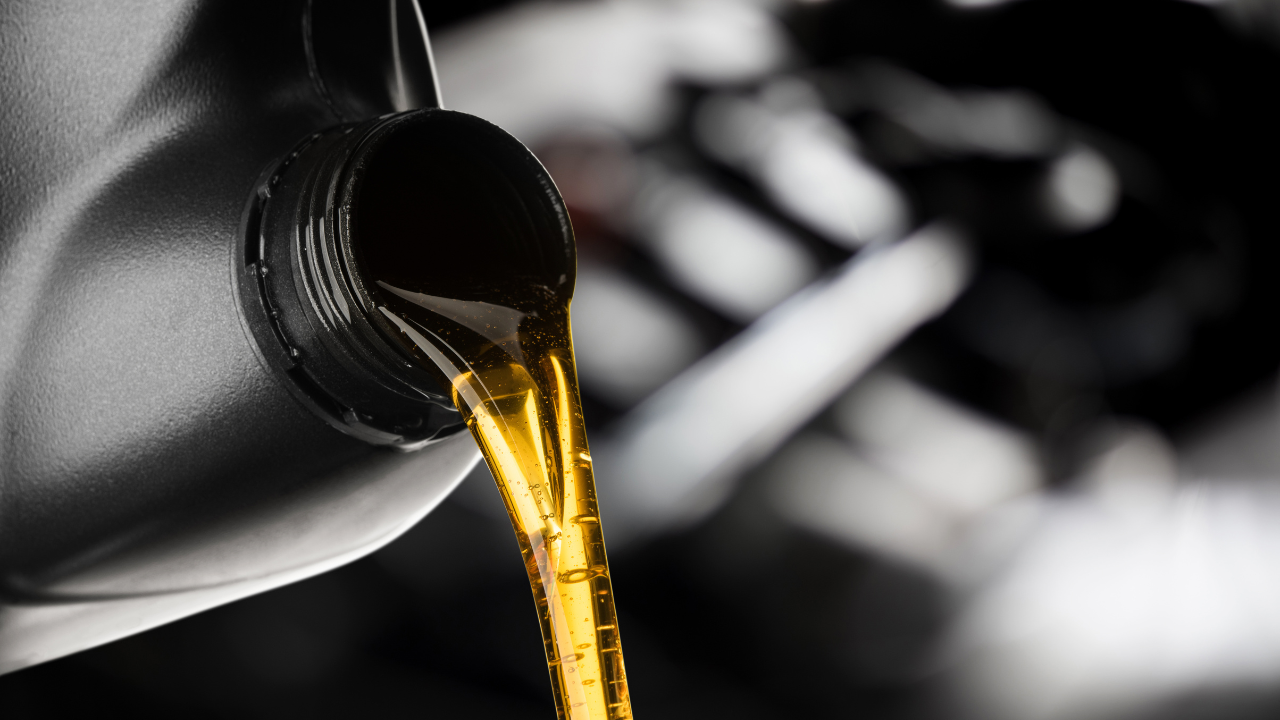The Importance of Thermal Oil in High-Temperature Systems
Wiki Article
Optimize Your System's Life-span With the Right Heat Transfer Fluid
Selecting the suitable heat transfer fluid is important for maximizing system efficiency and longevity. Recognizing the numerous kinds of warm transfer fluids and the particular requirements of your application can dramatically affect the general health and wellness of your system.Significance of Heat Transfer Fluids

In addition, heat transfer fluids add to the safety and integrity of thermal systems. In addition, the right warmth transfer fluid can supply defense against deterioration and scaling, further extending the life-span of equipment and facilities.
Kinds Of Heat Transfer Fluids
Numerous kinds of heat transfer fluids are generally made use of in commercial applications, each tailored to specific functional demands and temperature arrays. One of the most common categories consist of water, oils, and specialized artificial fluids.Water is often used because of its outstanding thermal conductivity and availability; nonetheless, its restrictions arise at high temperature levels and prospective cold problems. For higher temperature level applications, thermal oils, such as mineral oils or organic substances, are utilized. These oils provide remarkable thermal stability and can run efficiently at raised temperatures, making them suitable for processes like food handling and petrochemical production.
Artificial fluids, which can be either natural or inorganic, are created to meet certain performance requirements. They often show enhanced properties such as reduced poisoning, broad temperature level ranges, and resistance to oxidation. Instances consist of glycols and esters, which are excellent for specialized applications like solar thermal systems and warm exchangers.
In addition, refrigerants are used in cooling down systems, leveraging their phase modification properties to take in and launch warmth successfully. Each sort of warm transfer fluid offers distinct advantages and is selected based on the certain demands of the application, guaranteeing ideal efficiency and system longevity.
Elements to Think About When Picking
Picking the appropriate heat transfer fluid includes cautious factor to consider of numerous factors to guarantee ideal performance and system effectiveness. Among the key variables is the temperature range required for the system. Fluids vary in their thermal stability and can lose or disintegrate effectiveness outside certain temperature level restrictions.An additional essential factor to consider is the liquid's viscosity, as it affects pump performance and power intake. A liquid that is as well viscous may prevent flow and rise operational costs. Furthermore, the fluid's particular warmth capacity plays a crucial duty in determining just how effectively it can transfer warm.
Chemical compatibility with system products is also necessary to stop corrosion, destruction, or leaks - propylene glycol. Making certain that the chosen liquid is suitable with the construction products can extend the life expectancy of the system

Advantages of Correct Fluid Selection
Correct choice of a warmth transfer liquid returns significant advantages for system effectiveness and reliability. The right fluid improves thermal conductivity, guaranteeing optimal warm transfer prices within the system. This performance decreases power usage, bring about reduced operational expenses and a decreased environmental impact.
Additionally, ideal liquid option contributes to system long life by protecting against rust and deterioration of components. Liquids developed with rust preventions safeguard steel surfaces, therefore prolonging the life expectancy of pumps, pipelines, and warm exchangers. In addition, selecting a liquid with appropriate thickness makes certain efficient flow, which is vital for preserving constant temperature level distribution throughout the system.
An additional essential benefit is the fluid's thermal stability. A steady warmth transfer fluid can operate over a large temperature level variety without damaging down or losing effectiveness, which is important for systems revealed to rising and fall thermal problems. In addition, the ideal fluid can additionally minimize dangers connected to cold or boiling, thereby protecting against operational disruptions.
Upkeep Tips for Long Life
Making certain the durability of a warm transfer system needs thorough upkeep practices that match the benefits of appropriate liquid option. Normal assessments are necessary to identify possible leaks, rust, or debris build-up that could compromise system effectiveness. Develop a routine schedule to assess pipeline stability, links, and installations, as these areas are typically vulnerable to deterioration.
Checking fluid levels and high quality is similarly essential. Regularly examine for indicators of contamination, such as staining or particulate issue, which can suggest destruction of the warm transfer liquid. Executing periodic liquid analysis can supply insights into its chemical homes, permitting timely replacements when required.
Additionally, keeping optimal operating temperatures is important. Motivate using temperature controls and sensing units to avoid getting too hot, which can increase liquid destruction and damages system parts.
Lastly, always stick to the supplier's guidelines concerning liquid substitute periods and maintenance methods. By committing to these finest practices, you can dramatically boost the functional lifespan of your warmth transfer system, ensuring trusted performance and minimizing the requirement for expensive fixings or early replacements.
Conclusion
Finally, the option of a proper warm transfer fluid dielectric cooling fluid is vital for boosting system efficiency and longevity. By recognizing the numerous kinds of liquids and taking into consideration key factors such as thermal conductivity and corrosion resistance, optimum performance can be attained. In addition, normal maintenance and assessments play an important duty in maintaining operating problems. Focusing on these elements guarantees the extensive life-span of necessary components, inevitably contributing to an extra reputable and efficient system.Warm transfer liquids play a vital function in numerous commercial and commercial applications by assisting in the efficient transfer of warmth between surfaces.Furthermore, warmth transfer fluids contribute to the safety and reliability of thermal systems. Furthermore, the fluid's details heat ability plays a crucial function in identifying just how successfully it can move warmth.
The ideal liquid improves thermal conductivity, guaranteeing optimal heat transfer prices within the system. A secure warm transfer fluid can operate over a wide temperature level array without damaging down or losing efficiency, which is important for systems exposed to fluctuating thermal problems.
Report this wiki page